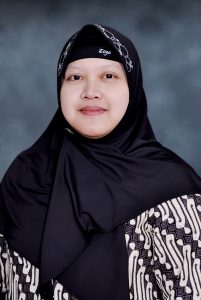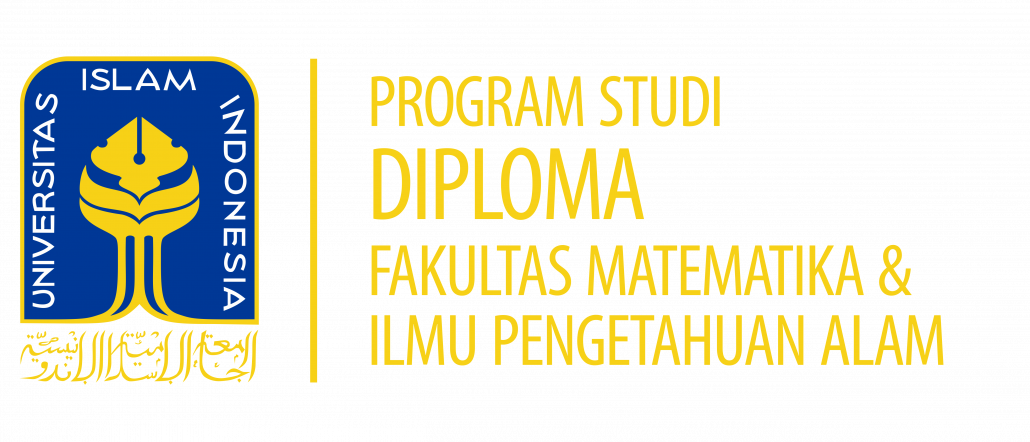IS IMPORTANT TO CALIBRATE EQUIPMENT IN EDUCATION LABORATORY?
 Education Laboratory is an academic support facility at an educational institution, which uses equipment and materials based on certain scientific methods in the context of implementing Education. While Calibration is the process of direct proof to the international system of units of measure that the scale of measurement or the requirements of the unit of measure have been met. In testing laboratories accredited to ISO 17025, the tool calibration process is a mandatory requirement that must be met. In ISO 17025:2017, calibration is one part of the Resource Requirements, especially the equipment section. Measuring equipment must be calibrated because it can affect measurement accuracy or measurement uncertainty so that it has an impact on the validity of the reported results. Equipment calibration is also required for metrological traceability of reported results so that they are accepted worldwide.
Education Laboratory is an academic support facility at an educational institution, which uses equipment and materials based on certain scientific methods in the context of implementing Education. While Calibration is the process of direct proof to the international system of units of measure that the scale of measurement or the requirements of the unit of measure have been met. In testing laboratories accredited to ISO 17025, the tool calibration process is a mandatory requirement that must be met. In ISO 17025:2017, calibration is one part of the Resource Requirements, especially the equipment section. Measuring equipment must be calibrated because it can affect measurement accuracy or measurement uncertainty so that it has an impact on the validity of the reported results. Equipment calibration is also required for metrological traceability of reported results so that they are accepted worldwide.
Then, is instrument calibration necessary for educational laboratories? If it is seen from the activities carried out by the educational laboratory, namely practicum, which does not have the aim of producing test results that must be reported in a valid and traceable manner, then instrument calibration is not required, or rather there is no urgency to calibrate tools in educational laboratories. However, the actual calibration data for equipment in the educational laboratory is needed in the practicum learning process, especially chemistry practicum. Unconsciously, it has become a habit if the results of the practicum do not match the theory, the practitioner will report the discrepancy due to the practitioner’s error without first tracing the root of the problem. With the equipment calibration data, the practitioner can make observations by collecting and evaluating calibration history data to determine the root cause of problems that may occur due to sub-optimal tool performance. According to the letter Asy-Syu’ara verses 181-184 which means “Perfect the dose and do not harm others; and weigh with the correct scales. And do not harm people by reducing their rights and do not cause mischief on the earth; and fear Allah who created you and the ancient peoples” indicating that the inaccuracy of measurements can be caused by improper tools or scales, so that if there are inappropriate practicum results, the practitioner needs to check the suitability of the tools used.
For example, in a practicum that uses a UV-Vis spectrophotometer, discrepancies in wavelength and absorbance are often reported by the practitioner as an error by the practitioner in making the solution. In fact, this discrepancy may occur due to the less than optimal performance of the UV-Vis spectrophotometer. Based on SR-03 regarding the quality assurance of equipment used in chemical and biological testing laboratories, there are 2 calibration parameters for UV-Vis spectrophotometers, wavelength and photometric. Wavelength calibration is done to see the accuracy and reproducibility of the wavelength using a holmium or didinium filter. The deviation or deviation that is allowed is a maximum of 1 nm, if the UV-Vis spectrophotometer gives a result exceeding 1 nm, then the measurement results need to consider the correction value of the tool. Photometric calibration was carried out to see the accuracy and reproducibility of absorbance in the UV region (with potassium dichromate solution, K2Cr2O7), and the visible region (with copper sulfate solution, CuSO4.5H2O). In this process, the suitability of the instrument response in the form of absorbance values for certain wavelengths is seen. The maximum allowable deviation is 1% of the maximum absorbance at the reference, for example in the 235 nm region, the absorbance at the reference is 0.748, then the tolerance for the absorbance of the device is in the range of 0.740 to 0.756 (±1%).
ri Esti Purbaningtias, M.Si.
REFERENCES
BSN, 2017, SNI ISO/IEC 17025 Persyaratan Umum Kompetensi Laboratorium Pengujian dan Laboratorium Kalibrasi, Jakarta: Badan Standardisasi Nasional.
KAN, 2004, SR-03 Persyaratan Tambahan untuk Akreditasi Laboratorium Pengujian Kimia dan Biologi, Jakarta: Komite Akreditasi Nasional.
